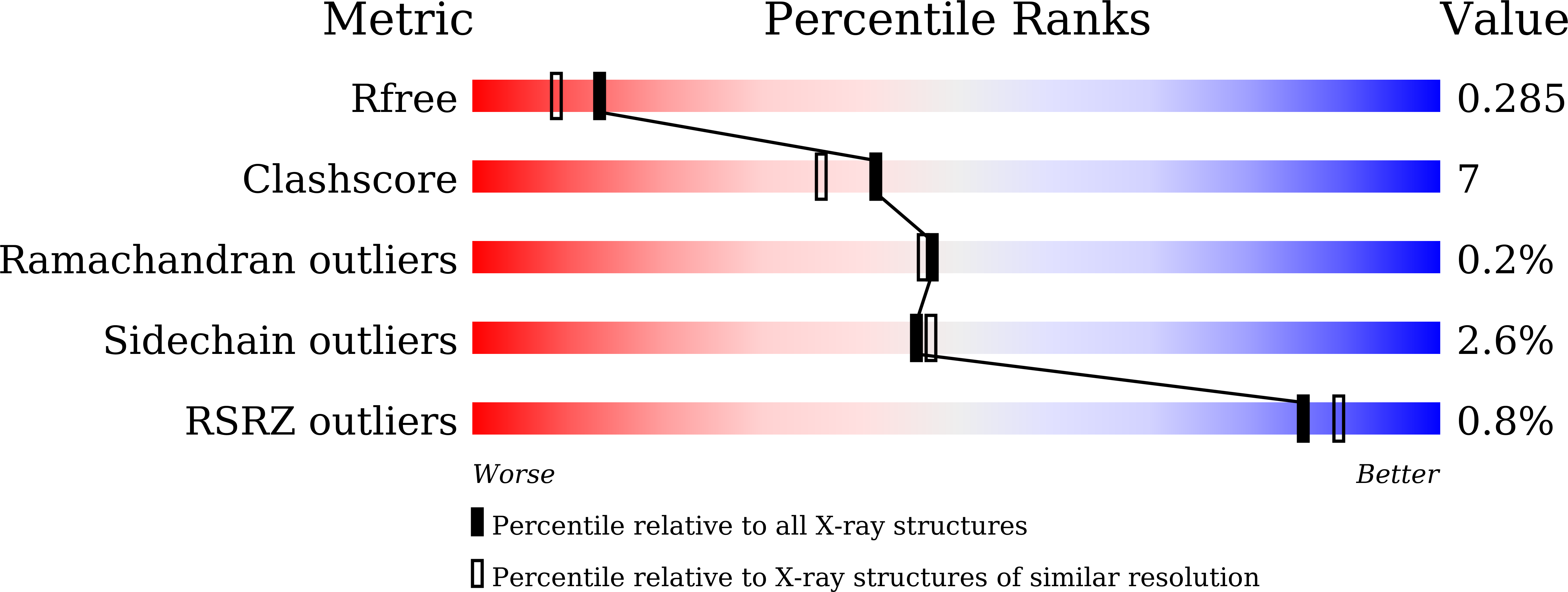
Deposition Date
2022-05-18
Release Date
2022-06-15
Last Version Date
2024-10-16
Entry Detail
PDB ID:
7XU8
Keywords:
Title:
Structure of the complex of camel peptidoglycan recognition protein-short (PGRP-S) with heptanoic acid at 2.15 A resolution.
Biological Source:
Source Organism:
Camelus dromedarius (Taxon ID: 9838)
Method Details:
Experimental Method:
Resolution:
2.15 Å
R-Value Free:
0.28
R-Value Work:
0.22
Space Group:
I 2 2 2


